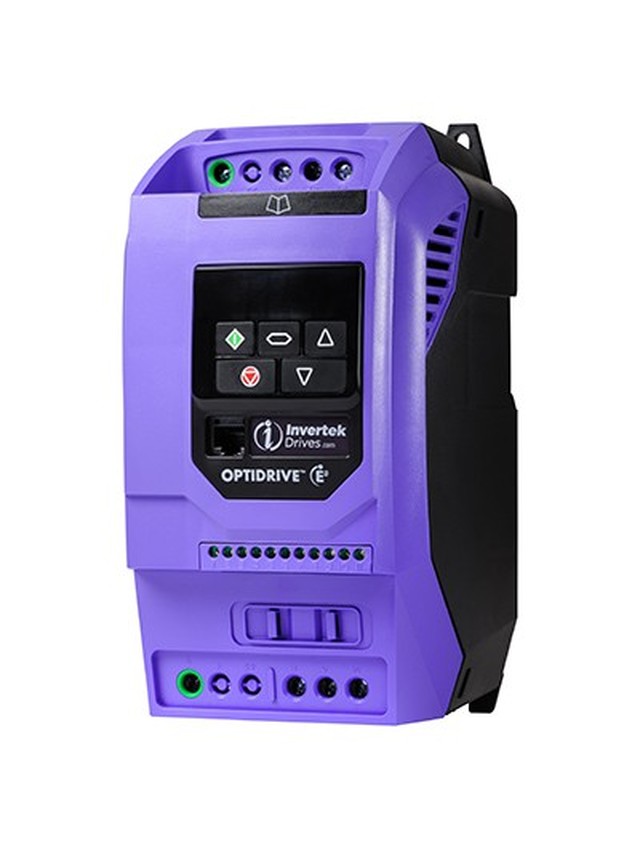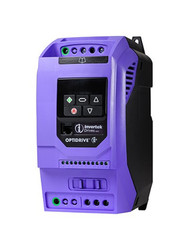General Preventative Maintenance on Electrical Panels - Wistex, LLC

Performing preventative maintenance on your electrical panels is essential. It is vital for protecting your personnel and your equipment from injury and damage. Preventative maintenance protects your business against power failures, which can lead to costly disruptions in operations. It also improves energy-efficiency, reduces wear and tear, and prolongs your electrical systems' operational life. In turn, this reduces operating expenses, repair bills, and replacement costs.
At Wistex LLC, we strongly recommend that all of our clients understand their electrical panels' unique requirements and strictly adhere to all recommended preventative maintenance tasks. Performing preventative maintenance is a wise investment of time and resources that pay significant long-term dividends.
Whether it is an LV Switchboard or an ACB, the following are some of the preventative maintenance tasks the team at Wistex, LLC recommends:
Intrusive Low Voltage Switchboards
- Test function of power meters prior to shutdown
- Test all lamps and indicators
- Visually inspect locking devices for damage and wear and tear
- Clean and vacuum both the exterior and interior
- Visually inspect control wires, relays, timers, etc.
- If installed, confirm electronic surge protection is functional
- Check for rating and continuity of control circuit fuse
- Test bolted connections; torque where necessary
- Test for signs of overheating using a thermal imaging camera
- Inspect the electrical panel and connections for signs of corrosion
- Confirm battery integrity and replace if signs of defects are discovered
Non-Intrusive Low Voltage Switchboards
- Test the function of power meters
- Test lamps and indicators
- Visually inspect locking devices for damage and wear and tear
- Confirm electronic surge protection is intact
- Test for overheating using a thermal imaging camera
- Inspect the battery for signs of defects
- Inspect all wiring, relays, power supply units, etc.
- Clean and vacuum exterior
Meters
- Test all voltage, Modbus, and CT connections
MCCB
- Test the under-voltage release
- Check all control relays
- Check fuses and fuse holders
- Test the motor operator & power supply unit
Busbar
- Inspect power bar runs
- Check supports for signs of damage
- Confirm alignment of components
- Check panel flanges for continuity
- Perform a thermal imaging survey of complete runs
PDU
- Clean interior and exterior of switchboard
- Confirm power meter function
- Confirm fuse rating and continuity of fuse circuit
- Test lamps and indicators
- Inspect and torque all bolted electrical connections
- Perform a thermal imaging inspection
- Inspect unit for signs of corrosion
ACB's
- Clean and vacuum the ACB
- Inspect filters and arc-chutes; clean as required
- Inspect for signs of contact wear
- Confirm auxiliary wiring insulation is intact
- Test locking devices
- Manually charge the ACB
- Use FFT kit to generate a trip curve report
- Confirm earth fault protection
- Confirm earth leakage protection
- Grease contacts
ACB Chassis
- Rack the ACB
- Clean and thoroughly vacuum the interior of the chassis
- Confirm operation of safety shutters
- Inspect shutter locking devices
- Test function and proper positioning of contacts
- Test padlocking system
- Grease all clusters as required
Use Thermal Imaging Technology to Your Advantage
Thermal imaging technology has advanced significantly over the past decade. Today, advanced thermal imaging cameras can see what you can't see with the naked eye or feel to the touch. High resistance and excessive current flow can cause significant problems with your electrical systems. Thermal imaging cameras notify you of any abnormal heating patterns so that you can make the necessary corrections.
Thermal imaging cameras can identify whether it is an under-sized conductor, loose connection, or excessive current that is causing abnormal heating in your electrical panel. By examining these components' heat signature and others, thermal imaging cameras can protect you against outages and explosions. In particular, they provide reliable protection against poor surface contacts that can cause high resistance, overloaded circuits, and multi-phase imbalances.
Establishing a Preventative Maintenance Schedule
At a minimum, you will want to inspect and test all connections and equipment annually. Depending on operating conditions, equipment age, and known problems, you may want to increase this frequency to semi-annually. For example, greater vibration, heat, humidity, and ambient moisture can cause significant damage. More frequent inspections reduce the risk to your operations. Further, between 30-33% of all failures are caused by connections that come loose. It's an easy problem to fix by simply increasing the frequency of inspections.
Of course, inspecting and performing preventative maintenance on your electrical panels is only part of the equation. It is also necessary to inspect and maintain meter stacks, motor starters, transformers, etc. It is advisable for most businesses to perform these inspections and maintenance tasks in conjunction with maintenance on electrical panels. This helps ensure a cohesive, reliable electrical system throughout the facility.
Finally, always ensure that the individual(s) performing preventative maintenance on your electrical panels have the skills, training, and proper tools for the job. This helps ensure the safety of personnel and the reliability of your electrical systems.
We encourage you to contact Wistex, LLC, at (800) 726-7307 for more information about the preventative maintenance services we offer. It is our pleasure to help you determine the best methods and strategies for ensuring your electrical systems' safety, reliability, and longevity.
